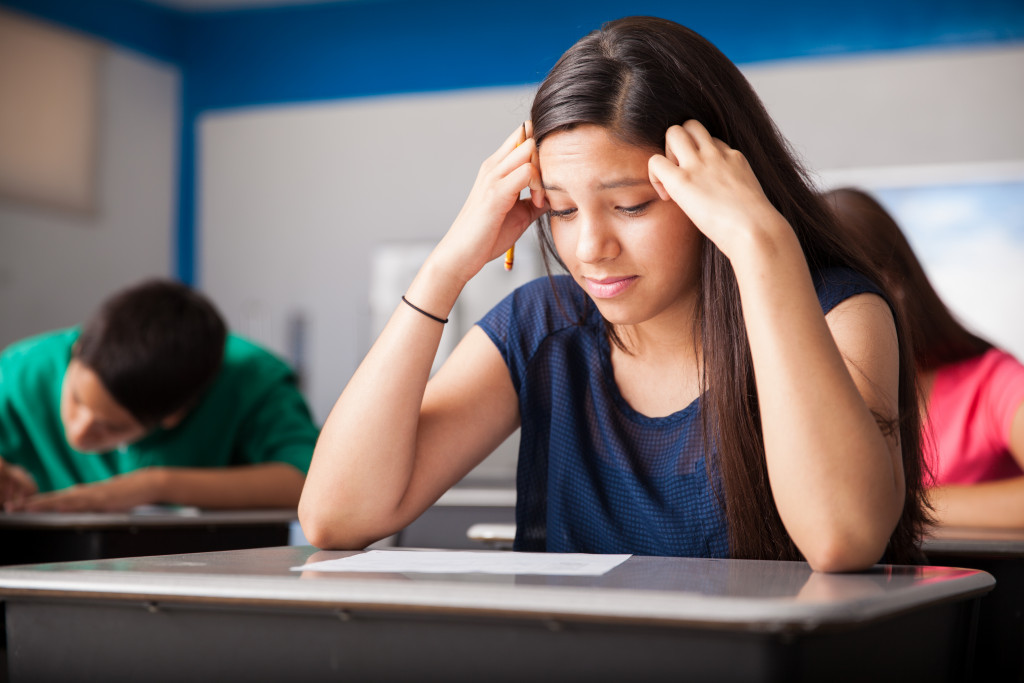Tag: achievement gaps

Florida NAEP Math scores: The good, the bad, the ugly
Florida’s Reading test results in the National Assessment for Education Progress (NAEP) weren’t all bad news, but things look much worse for Math scores. Where Florida’s fourth-grade Reading test scores dropped by an average of 0.6 points across all subgroups, students lost an average of 5.2 points in fourth-grade Math.... READ MOREAchievement gaps forever?
Back before the 2019 release of the “Nation’s Report Card,”...
READ MOREGreater school choice would help close the achievement gap
Editor’s note: This commentary from R. Craig Wood, professor of...
READ MOREFlorida achievement gaps in international context
Several weeks ago, we looked at American racial achievement gaps...
READ MOREOnce bored, now soaring, thanks to all-boys charter school
Florida charter schools are serving 177,000 students who are black...
READ MOREPeter Hanley: Wishing outrage extended to America’s two-tiered education system
Editor’s note: This is the second post in our school...
READ MOREWhat would Dr. King say about our schools now?
What would Dr. Martin Luther King Jr. say today about...
READ MOREI’m conservative, I’m for school choice and I back Common Core
Editor’s note: Wendy Howard is executive director of Florida Alliance...
READ MOREDr. King, the Dream & educational progress
Fifty years ago next week, Dr. Martin Luther King Jr....
READ MOREStudy: Students in faith-based schools have academic edge over public school peers
For many school choice supporters, enrollment growth across many sectors...
READ MOREFlorida roundup: charter school politics, teaching to the test, school safety & more
Teaching to the test. The FEA is rallying members to...
READ MORE

